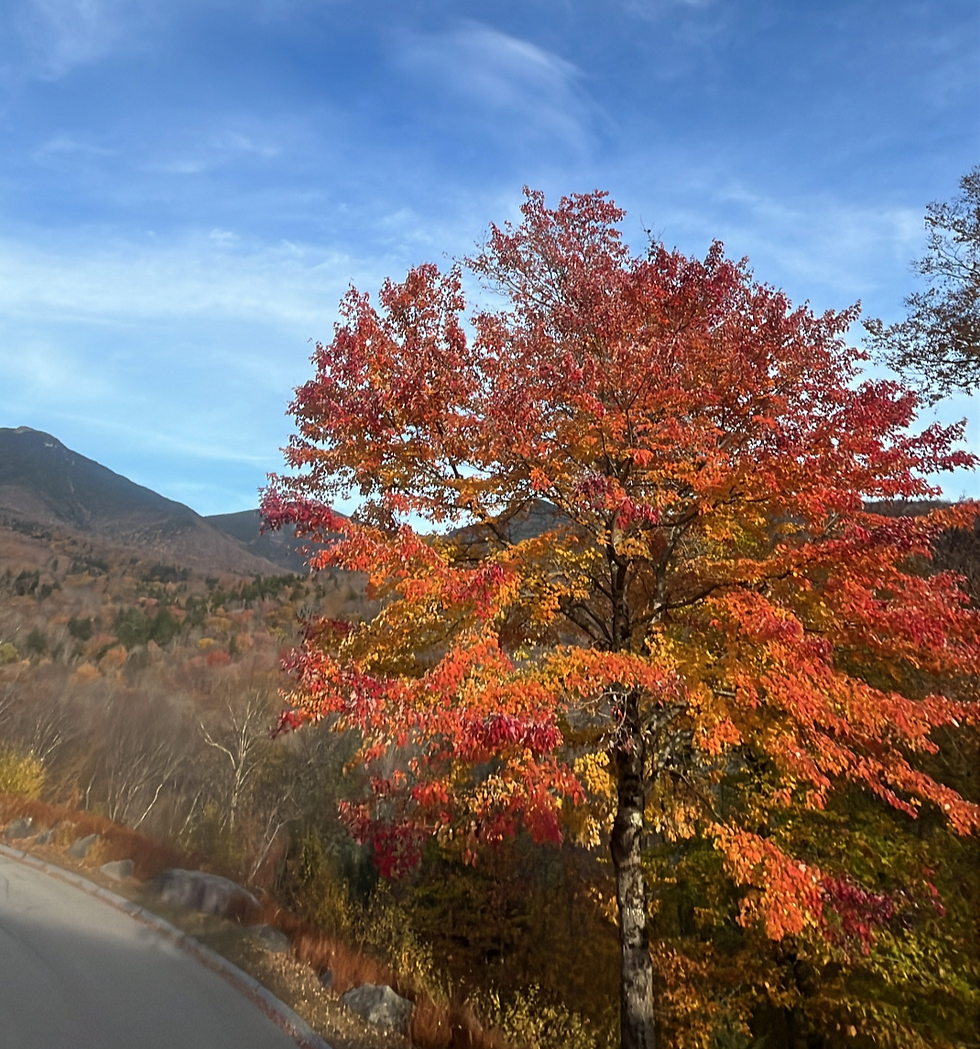American Beech Tree Insights
- Feb 26, 2024
- 3 min read
Updated: Jun 17, 2024
The American Beech Tree is a beauty that graces forests with its presence. Towering to heights of up to 100 feet and beyond, with the canopy spreading equally wide, it catches attention with its smooth, silvery gray bark. The beech is a symbol of longevity and endurance since its lifespan often extending well over 200 years, and in some cases, surpassing even 300 years, bearing witness to the ebb and flow of generations.
Its beautiful leaves, oval and toothed, are tender green in spring, providing shade in the summer, and changing to gold and bronze in autumn, until they're let go of for the energy is saved for the next regeneration season.
Beech trees foster a rich ecosystem, harboring a diverse flora and fauna within their leafy embrace. Wildlife finds refuge and sustenance amidst the beech's branches and fallen mast, as squirrels scurry to hoard beech nuts, bears forage for nourishment, and birds seek shelter and nesting sites among its branches and leaves. In spring, the beech tree adorns itself with pendulous clusters of flowers, vital to the cycle of pollination, attracting a symphony of bees and butterflies, ensuring the continuation of its lineage.
But beyond its ecological significance, the American beech holds a deep cultural resonance, woven into the tapestry of human history and folklore. Revered by indigenous peoples for its medicinal properties and utilitarian value, its bark and nuts were employed for a myriad of purposes, from crafting containers to brewing healing infusions. Settlers and pioneers found solace beneath its boughs, its dense wood fashioned into tools, furniture, and homesteads, a testament to its strength and versatility. In literature and art, the beech tree has inspired poets to pen verses of contemplation and artists to immortalize its grace on canvas, its timeless beauty a muse for generations seeking solace and inspiration in nature's embrace.
Yet, despite its resilience, the American beech faces an uncertain future, grappling with the encroachment of human development, invasive pests. The spread of beech bark disease, caused by a combination of an introduced scale insect and a fungal pathogen, threatens a vast amount of beech forests, leaving in its wake a trail of desolation and decline. Another reason why we push tree maintenance practices throughout the year, to ensure all trees are free from diseases and pest infestation as well as decline due to improper pruning done by just anyone you find out there.
The beech tree, with its strong, dense wood, has long been prized for its multitude of benefits. Renowned for its fine grain and smooth texture, beech wood is favored by artisans and craftsmen for a wide range of applications. Its exceptional workability makes it an ideal choice for furniture, cabinetry, and flooring, where its creamy hue and subtle grain lend a timeless elegance to any space. Its consistent texture and lack of prominent patterns make it an ideal canvas for woodworkers seeking a smooth surface for painting, staining, or other decorative items.
Beyond its utility in woodworking, beech wood finds applications in a diverse array of industries, including construction, tool manufacturing, and even culinary arts. Its hardness and shock resistance make it a favored material for tool handles, mallets, and cutting boards, while its ability to hold details makes it a great choice for architectural millwork and interior trim. In the culinary realm, beech wood imparts a mild, sweet flavor when used for smoking meats and cheeses, adding depth and complexity to culinary creations.
Overall, the beech tree's wood benefits extend far beyond its aesthetic appeal, it has earned it a special place in the realm of woodworking and beyond.
Fun fact: my dining table is made out of a Beech Tree and I absolutely love it.
Do you have a Beech Tree in your property? Let us know if it needs to be accessed prior to Spring.








Comments